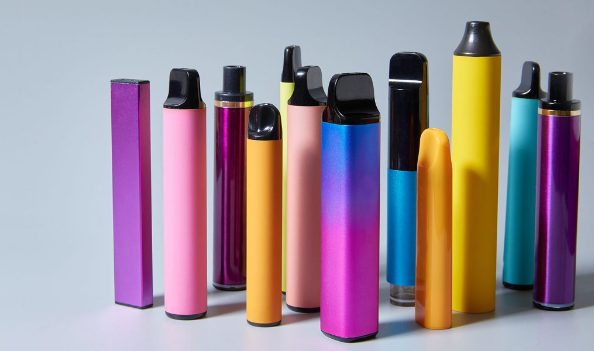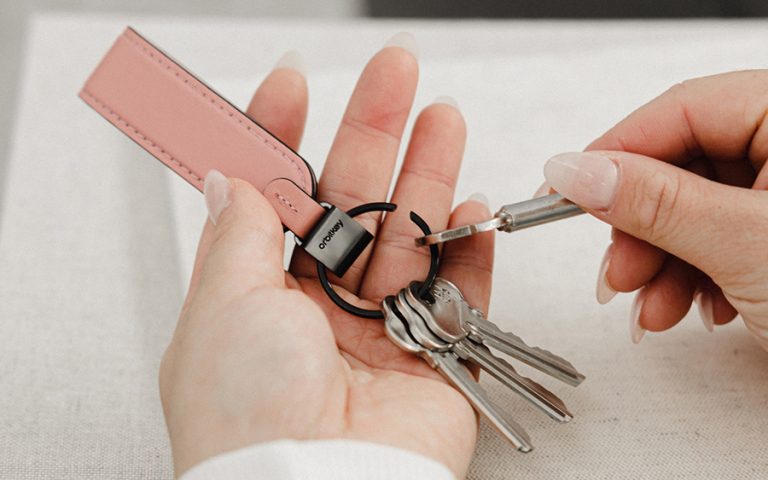The Importance of a Leather Suit for Motorcyclists
Motorbike leather suits are more than just a fashion statement; they are a critical piece of safety gear for riders. Designed to protect against road rash, impacts, and weather elements, these suits are particularly vital for racers and enthusiasts who ride at high speeds. This introduction sets the stage for understanding the multifaceted role of leather suits in enhancing rider safety and performance.
Material and Construction
- Leather Quality: High-quality leather, like cowhide or kangaroo, is chosen for its superior abrasion resistance and durability. The leather’s thickness is a key factor in protection, typically ranging from 1.2 to 1.4 millimeters for cowhide.
- Thickness and Weight: The balance between thickness (for protection) and weight (for comfort) is crucial. Thicker leather offers better abrasion resistance, but can be heavier and less comfortable, especially in warmer climates.
- Construction Techniques: The suit’s construction, particularly its seams, is vital for durability. Double or triple-stitched seams are common, as they are less likely to burst upon impact.
Safety Features
- Integrated Armor: Most suits include CE-certified armor in key impact zones. This armor is designed to absorb and distribute the force of an impact, reducing the risk of injury.
- Abrasion Resistance: Leather’s natural abrasion resistance provides a critical layer of protection during a slide, minimizing the risk of road rash.
- High-Impact Areas: Reinforcement in areas like shoulders, elbows, and knees is common, often with additional layers of leather or advanced materials like Kevlar.
Ergonomics and Comfort
- Fit and Mobility: A well-fitted suit should be snug but not restrictive, allowing for a full range of motion. This is essential for controlling the bike and reacting quickly to dynamic riding situations.
- Ventilation Systems: Good ventilation is key for comfort, especially in warmer weather. Perforated leather panels and zippered air vents are common features.
- Stretch Panels: Stretch fabric panels, often placed in the inner arms, crotch, and back of the knees, allow for greater flexibility and contribute to the overall comfort of the suit.
Styles and Customization
- One-Piece vs. Two-Piece Suits: One-piece suits offer better protection and are preferred for racing, while two-piece suits provide more versatility and convenience for street riding.
- Aesthetic Choices: Suits come in various colors and designs. High-visibility colors can enhance safety by making riders more visible to other road users.
- Custom-Fit Options: Many manufacturers offer custom-fit services, where a suit is made to the rider’s exact measurements, ensuring optimal fit and comfort.
Maintenance and Longevity
- Cleaning and Care: Regular cleaning and conditioning of the motorbike leather suit are crucial. Leather conditioners keep the suit supple and water-resistant.
- Durability and Aging: With proper care, a leather suit can last for many years. The aging process of leather can add character to the suit while maintaining its protective qualities.
Brands and Pricing
- Leading Manufacturers: Brands like Alpinestars, Dainese, and KTM are known for their quality and innovation in motorcycle gear. Each brand offers a range of suits catering to different preferences and budgets.
- Price Range: Prices can vary widely, from a few hundred dollars for entry-level suits to several thousand for top-of-the-line custom designs.
- Investment Perspective: Considering its role in safety and the potential to last for years, a leather suit should be viewed as a long-term investment.
The Role of Leather Suits in Motorcycling
In the realm of motorcycling, safety is paramount. Leather suits serve as a critical layer of protection for riders, safeguarding them against a range of potential hazards associated with riding. Beyond protection, these suits also offer comfort and enhanced performance for riders.
Protection Against Abrasion
- Abrasion Resistance: One of the primary reasons for wearing a leather suit is its ability to protect the rider from abrasions, commonly known as road rash. In the event of a fall or slide, the tough exterior of the leather helps prevent the skin from scraping against the road.
- Thickness and Durability: The thickness and durability of leather, especially materials like cowhide or kangaroo leather, provide a robust barrier between the rider and the asphalt, significantly reducing the risk of skin injuries.
Impact Protection
- Integrated Armor: Most Moto GP Suits come with integrated armor in key areas like elbows, shoulders, knees, and back. This armor helps absorb and disperse the force from impacts, reducing the risk of fractures or more severe injuries.
- Cushioning Effect: The natural cushioning properties of leather, combined with additional padding, offer an extra layer of impact protection.
Enhanced Rider Safety
- High Visibility: Many leather suits include reflective elements or are available in high-visibility colors, increasing the rider’s visibility to other road users, especially in low-light conditions.
- Fit and Coverage: A well-fitted leather suit covers the entire body, leaving no area exposed. This full coverage is crucial for protecting against cuts, abrasions, and impacts.
Comfort and Performance
- Fit and Mobility: Properly designed leather suits offer a snug fit while allowing full range of motion, which is essential for controlling the motorcycle and reacting quickly to road situations.
- Ventilation: Modern leather suits often feature ventilation systems, such as perforated panels or zippered vents, which help regulate the rider’s temperature and prevent overheating.
Psychological Benefits
- Confidence and Focus: Wearing a leather suit can provide a psychological boost, giving riders confidence in their safety gear. This confidence can enhance focus and overall performance on the road.
- Sense of Community: Wearing a leather suit also signifies being part of the motorcycling community, fostering a sense of belonging and identity among riders.
Long-Term Investment
- Durability and Longevity: Leather suits are a long-term investment. With proper care, they can last for many years, providing consistent protection and comfort.
- Cost-Effectiveness: Considering the protection and durability they offer, leather suits can be cost-effective compared to the potential medical costs associated with motorcycle accidents.
Conclusion: Making the Right Choice
Selecting the right motorbike leather suit involves balancing safety features, comfort, fit, and personal style. This final section emphasizes the importance of considering all these factors to make an informed decision, ultimately enhancing the rider’s safety and riding experience.







